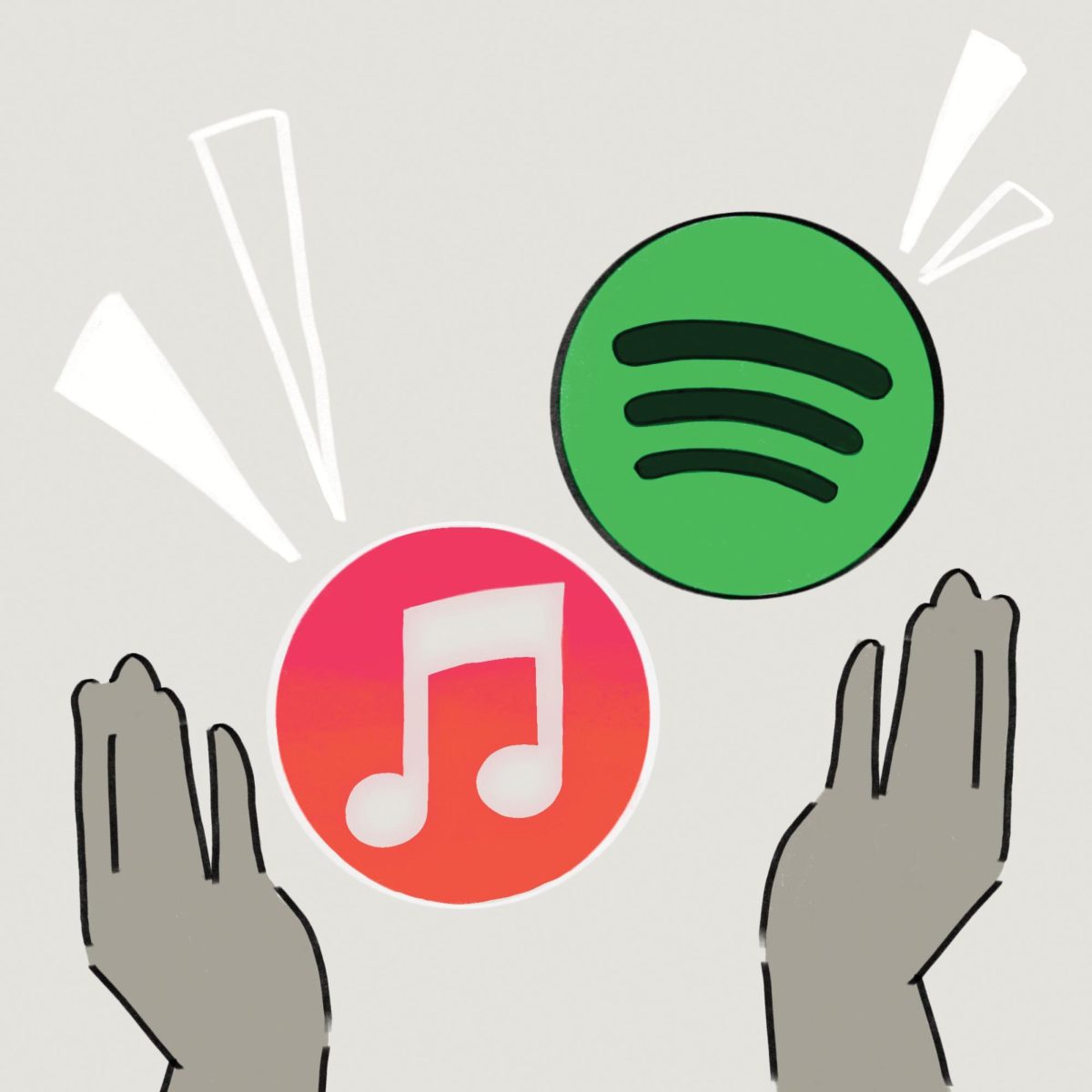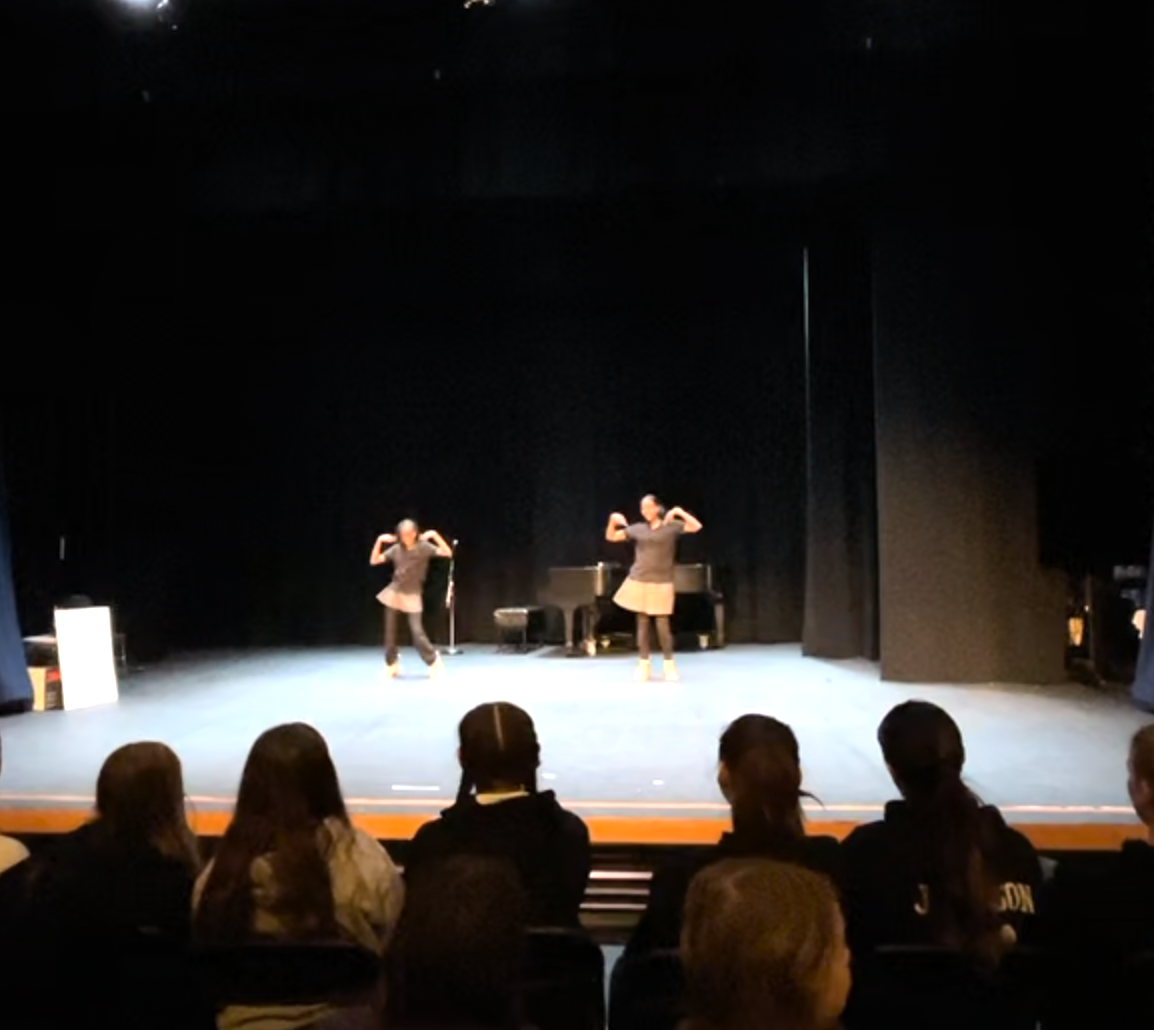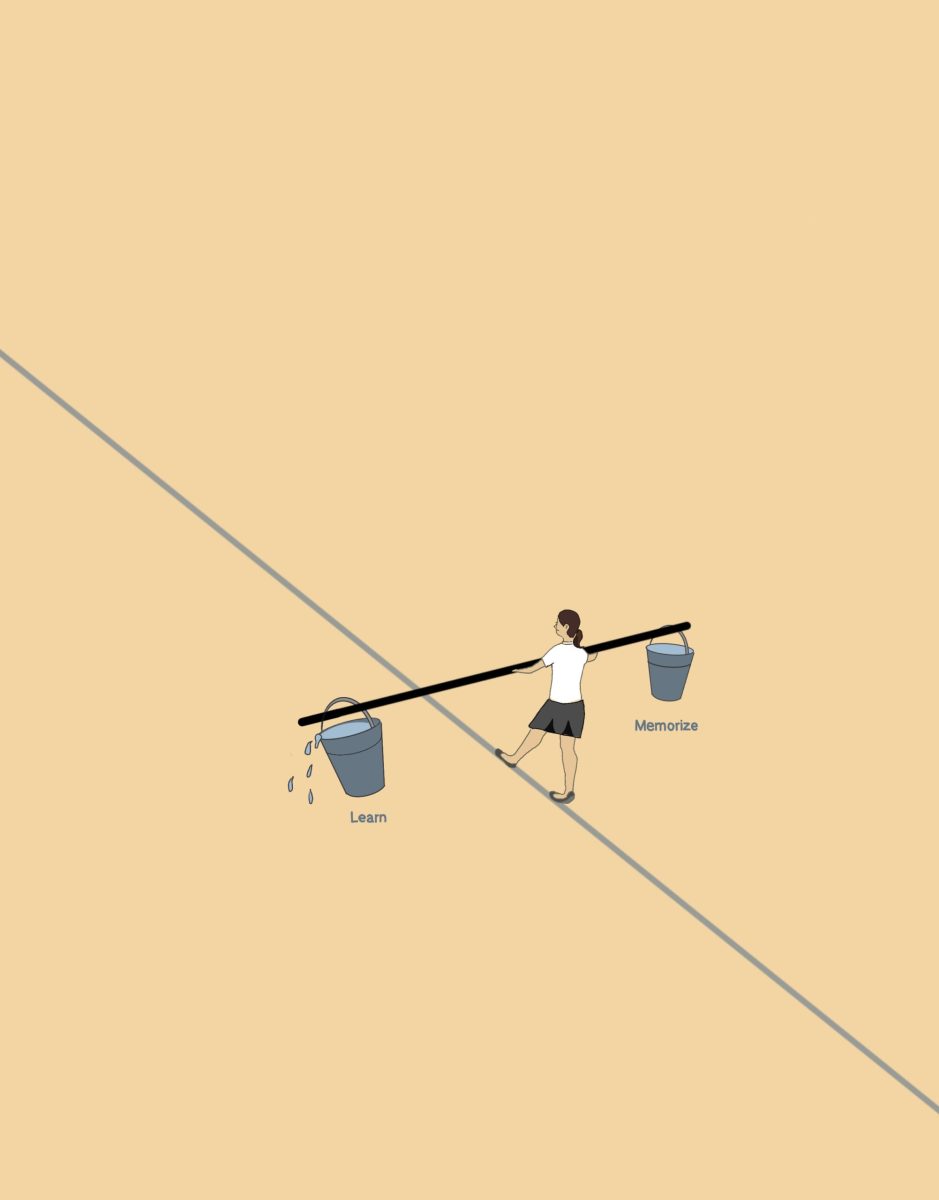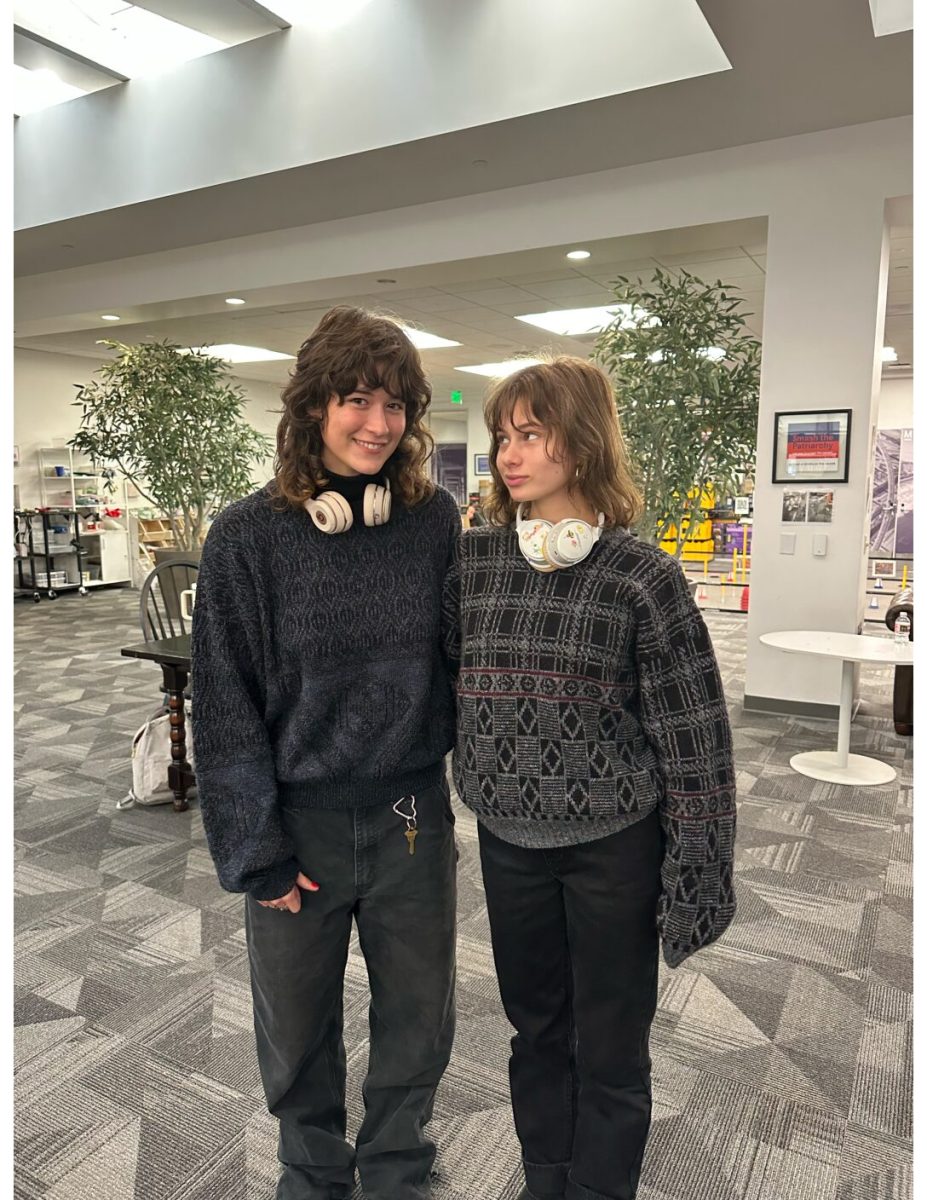When I first downloaded the mobile app TikTok, I expected a social media platform. What I soon realized, however, was that I’d discovered the vast, untapped potential of what could be a monolithic music streaming service. TikTok, for those who are unfamiliar, is the most recent social media trend, a user-friendly platform where creators can post short videos set to pre-recorded sound bites. At face value, TikTok is simply a video-sharing app akin to Vine or Snapchat. However, if Tiktok had a savvy marketing executive and a patient software engineer, it could dominate the music streaming space.
The primary reason TikTok grew to be a digital streaming giant is that the current plethora of streaming platforms have splintered the customer base, forcing people to create endless accounts. If someone wants to release her own music, she has to post on SoundCloud; if she wants to enjoy personally curated playlists, she is forced to turn to Spotify; and if she cares for the retrograde model of hearing a short sample and purchasing individual tracks, iTunes is her only option.
However, what if there were a platform that had all of these capabilities? A space where artists could record and share music, enjoy a stream of personalized musical selections, and scroll through short samplings of different genres? This space is TikTok. Or, perhaps more precisely, this is what TikTok could be.
Zhang Yiming, the current CEO of TikTok’s parent company, ByteDance, is not taking advantage of what could be the most lucrative opportunity in the digital music streaming world. At his disposal, Yiming has a captive audience of 500 million current users, not to mention the millions of projected users if TikTok hysteria continues to spread globally.
Despite having enough users to fill the Staples Center 23,809 times, TikTok has not capitalized on the feature that makes its platform unique: its individual creators. As of today, the only two ways for creators to make money on TikTok are by playing advertisements before videos or having viewers send them virtual “coins” over live streams that are redeemable in cash. Although this model generates some revenue for creators, it ignores the reason people download TikTok in the first place: to watch dances and trends performed over unique sound bites.
Imagine a world in which each TikTok sound functioned like an iTunes song sample. Rather than only having access to a five-second clip of Stunna Girl’s “Runway” or iLOVEFRiDAY’s “Mia Khalifa,” what if clicking on the sound bite attached to each video automatically transferred a full version of the track into a personalized Spotify-esque collection. Even better, TikTok could function like SoundCloud or YouTube by helping underground artists gain traction. By monetizing creators and allowing easy transfer of music to a personal library, TikTok would incentivize creators to self-produce music, catalyzing a spike in available sound bites and attracting artists to the platform.
As it currently stands, TikTok is an online craze that is likely to have a short shelf life and give way to the next bigger, better thing. In order to have longevity, TikTok needs to lure customers away from existing streaming platforms. If I were ByteDance, I would add some new features to the app to make it more than just a fun way for teenagers to spend fifteen minutes after school. TikTok could be the next YouTube, it just needs to get creative and fuse the services of its competitors in a user-friendly, memeable package. I rest my case. π








